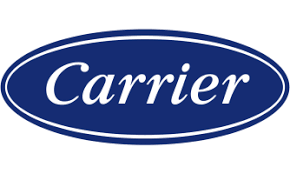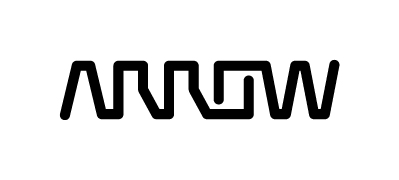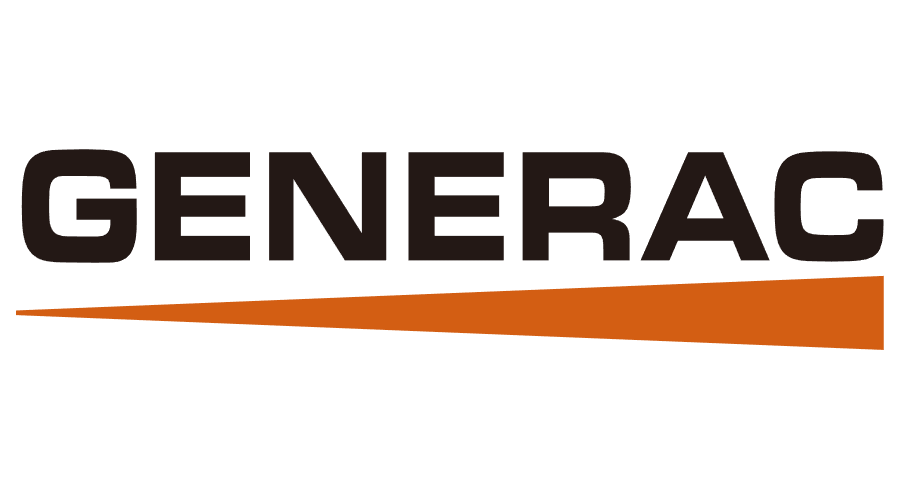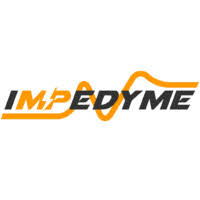
Fig. 1. Proposed FLL with 'feed-forward + feedback' control.
Currently, variable-frequency current-mode controls are widely used in voltage regulators (VRs) for their higher light-load efficiency, better small-signal properties and better transient response than fixed-frequency current mode controls. One major challenge for variable-frequency control is that the switching frequency (f
SW) varies significantly according to the duty cycle. This variable, f
SW, creates unpredictable noise in the system that is difficult to filter out, and hence variable-frequency current-mode control is not preferred for many frequency-sensitive applications. While using a form of variable-frequency control, such as constant on-time control (COT), for frequency-sensitive applications, people use 'adaptive COT' control, which slowly changes the T
ON with the duty cycle during steady-state operation to keep the steady-state frequency constant. The V
IN/V
REF feed-forward method and the phase-locked loop (PLL) method are very widely used to realize adaptive COT control. Normally, the V
IN/V
REF feed-forward method is very simple and fast, but naturally suffers from inaccuracy for its feed-forward approach: Meanwhile, the PLL method is very accurate but suf-fers from complicated additional loop adjustments. Therefore, this work proposes a new accu-rate but simple frequency control loop for variable frequency control. We also propose two addi-tional techniques for performance improvements using the proposed method; namely, a faster loop settling time by using feed-forward signal and better loop stability with duty cycle variation by adding adaptive loop gain control.
A simple new frequency-locked loop (FLL) is proposed to work with the previously proposed IQCOT control; the conventional FLLs are more complex and not optimized for converter appli-cations. This simplified and optimized FLL is shown inside the box marked 'Frequency Variation Control' in Fig. 1, and its details of operation are described in the full conference paper. As the feedback loop bandwidth is low, it does not interact with converter loop, and the settling time for the fre-quency change is large. To improve this case, in addition to the simplified FLL feedback loop, V
IN and V
REF feed-forward paths are also added to the FLL (shown by the red line in Fig. 1). This way the frequency change settling time can be reduced significantly, as shown in Fig. 2. The bandwidth of the FLL also changes with the duty cycle, as shown in Fig. 3, and by adopting proposed adap-tive gain control, the bandwidth has been kept fixed with the duty cycle change, as shown in Fig. 4.
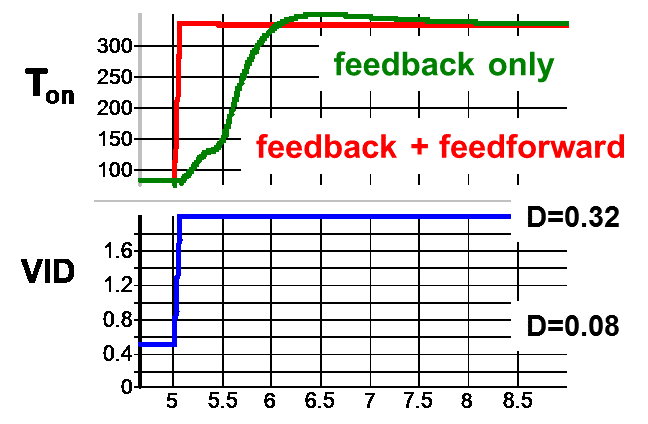
Fig. 2. Faster settling time by proposed 'feed-forward + feedback' control loop in FLL.
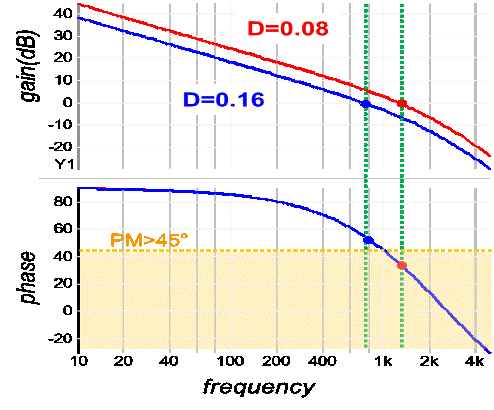
Fig. 3. FLL bandwidth variation with D.
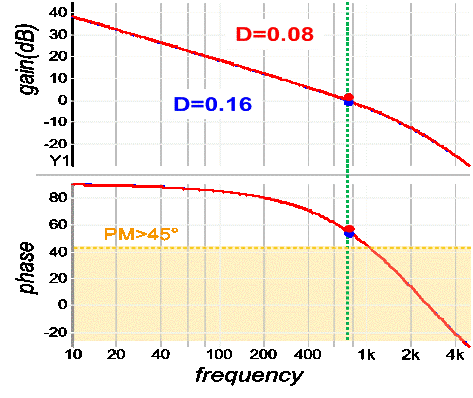
Fig. 4. Proposed adaptive gain for constant bandwidth with D
























